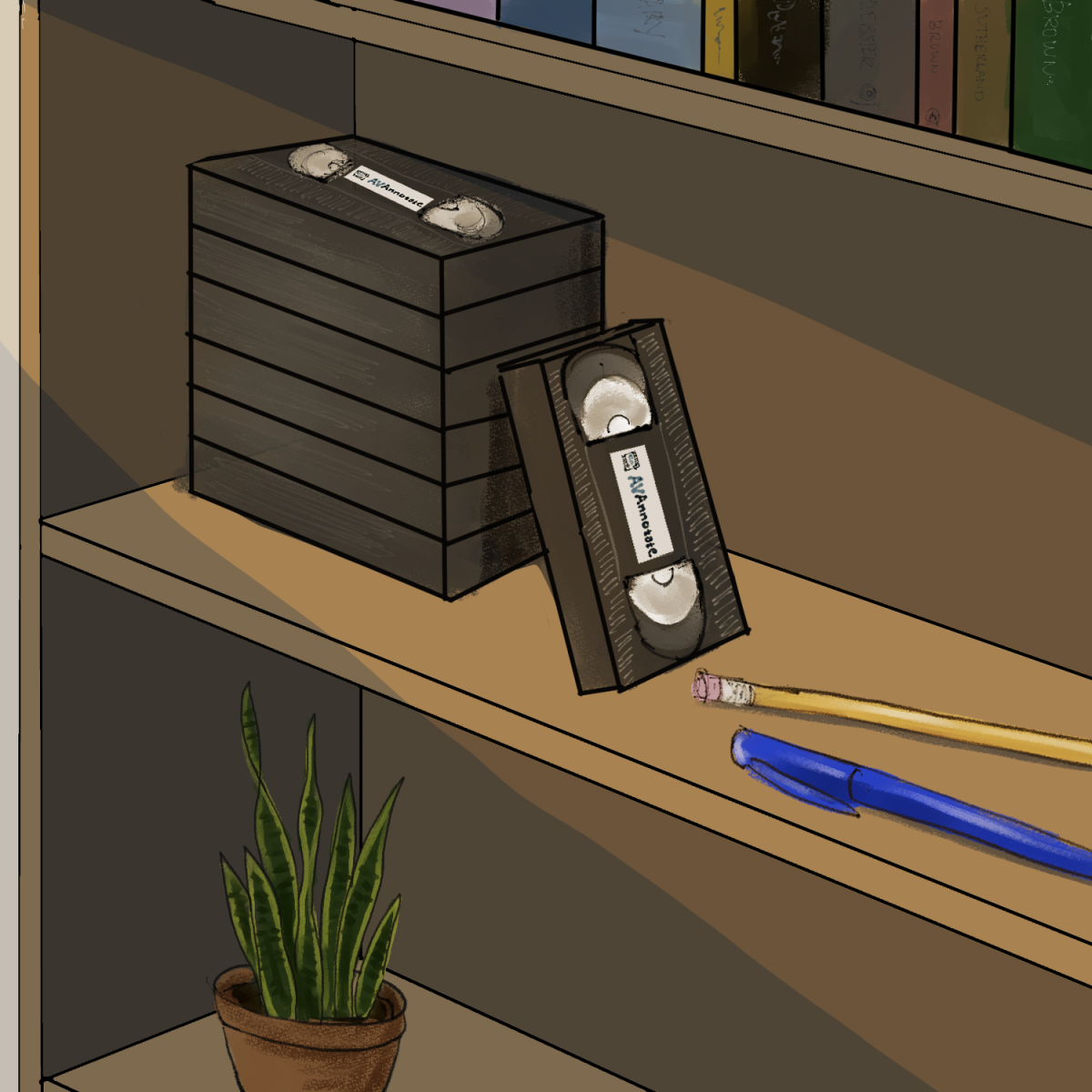The Mellon Foundation provided AVAnnotate, a platform created by UT associate professor Tanya Clement and Brumfield Labs that allows users to create annotations of audiovisual collections, with a $1.5 million grant in June.
Audiovisual collections include oral histories, film, audio recordings of poetry and more, AVAnnotate lead investigator Clement said.
Zoe Bursztajn-Illingworth, a Digital Humanities postdoctoral fellow, said the grant will go towards continuing partnerships that Clement established with collaborators like the Black Film Center & Archive at Indiana University and the Furious Flower Poetry Center at James Madison University.
Trent Wintermeier, a graduate research assistant, said it’s easy to locate specific parts of text in a document to utilize in research, but audiovisual collections pose a challenge.
“Right now, it’s really difficult for researchers to find the time to go through hours of recorded audio, and there’s a lot of really rich information that we’re missing out on associated with these files,” Wintermeier said. “I’m interested in AVAnnotate as a tool for access and sustaining these digital artifacts that, in a digital age with a lot of information, can be really hard to navigate.”
Bursztajn-Illingworth said annotation is not limited to transcription, as it also involves adding context to the audio or video by providing information about environmental noise or disruptions found in the recording. She said AVAnnotate expands the reach of who can access the materials.
“In my film class and also in my research, we annotate things that are not simply the dialogue or script,” Bursztajn-Illingworth said. “We might also pay attention to things like the cinematography and what kind of shot it is or the editing and the type of transition.”
Clement said the project facilitates researchers and teachers to use the audiovisual collections housed in libraries and museums.
“The fact that this project helps people use the collections helps the larger goal of preservation because libraries and archives are not going to save things that we don’t find useful,” Clement said.
Clement said the aim of AVAnnotate is to make audiovisual collections more accessible to researchers and teachers.
“Our role as scholars is to help the public and students and fellow researchers better understand these objects,” Clement said. “And we’re better able to do that in the context of AV if we have a means of gluing our narrative and our arguments to the object itself with this sort of time stamped interface which are the AVAnnotate projects.”





















